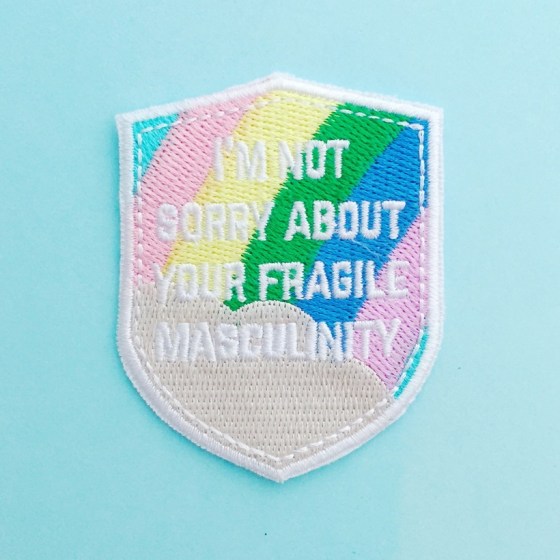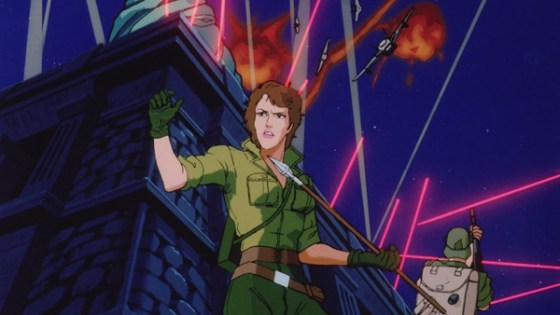In case you’re unaware, there’s a new Spider-Man movie coming out! It features Tom Holland as Spider-Man, an actor you’re probably now most familiar with since seeing him in Captain America: Civil War.
Since the set up of Spider-Man in Civil War, the audience got a bit of a taste on what to expect for the new Spider-Man movie, scheduled to be released in 2017. What some people weren’t ready for were the casting choices.
Since this is the third reboot of the Spider-Man film franchise, all of the characters were to be recast. Of all of the casting choices, having Zendaya Coleman cast as Mary Jane Watson – Peter Parker’s girlfriend/eventual wife – caused a bit of an unexpected uproar.

Personally, I never had heard of Zendaya before the casting announcement. And to be honest, I still really don’t know who she is. A quick IMDB search shows she’s been in a lot of Disney stuff, but that’s about it. I’ve never seen her act as I don’t have cable, Netflix, or watch any Disney television shows. I was going in blind upon hearing the casting announcement.
When I heard of the casting choice through ComicBookResources, I saw a picture of her and moved on with my life. It was another actress hired in another role. I’m excited for the outcome but cannot pass any judgment on an actress whom I’ve never seen work before.
What I didn’t expect was the reaction from some Spider-Man fans.
Over social media, some Spidey fans cried out about the casting choice saying Zendaya is not what they want in their Mary Jane. I know this because I bore witness to this outcry on a friends’ Facebook page:
Is it that hard to understand that the colour of someone’s skin does not have to be the definition of a character? Mary Jane being a Caucasian redhead was never really an integral part of Mary Jane. Sure, she was nicknamed “Red,” but if she was blond, it could’ve easily been “Blondie.” Either way, a nickname that a writer creates for a character is not an integral part of that character.
In fact, all of the physical attributes this person on Facebook makes are solely based on the physical appearance of Mary Jane – not who she is as a person. From no storylines can I recall how her skin, eye colour, or hair colour were important to the story. She’s not Medusa from the Inhumans. Mary Jane’s hair isn’t that important to the character, let alone the colour of it.
And spoiler alert: hair can be dyed.
Is it racial diversity or is Zendaya just a good actress? Mary Jane can be whomever she is cast as. Skin colour doesn’t define the role. The written characterization, the actress doing her job, and the storytelling is what defines Mary Jane.
How does Zendaya not fit the character? The movie isn’t even out yet. There’s prejudice in these words as they make assumptions without any base to support them.
Is it really that your fandom is being changed? Or is it that your “picture” of Mary Jane is being changed because we’re no longer in the 1960’s and people of different backgrounds and colour are finally starting to get equal representation in the comic book medium?
As of late, Marvel has made some major strides to become all-encompassing with their characters. Thor is now a woman, Jane Foster; Ms. Marvel is a Pakistani-American named Kamala Khan; Amadeus Cho is the Korean-American Hulk; Riri Williams – a black woman – is going to be the new Iron Man named Ironheart, and let’s not forget Miles Morales as Spider-Man.
The comic book industry is shaking up and changing in some major ways. Sometimes it’s hard to remember that a lot of the major comic book characters we all know and love were created in the 60’s and 70’s when minorities did not have a voice in the comic book medium. Strides were being taken, such as Storm’s introduction in ’75, or Luke Cage in ’72, but arguably neither of those characters are “big league” characters like Captain America or Thor. But now we have a Luke Cage TV series coming out soon and the Black Panther movie is slated to come out in 2018.
It’s a changing landscape and it’s wonderful that it’s happening. But when Marvel takes a character like Mary Jane and change the colour of her skin, suddenly it’s the biggest deal on the planet?
Right, because Martin Luther King is a fictional character. . .
Hrrrrrnnnngggghhhhh.
That pretty much sums up the hypocrisy of it all.
Look, if you’re freaking out over the colour of someone’s skin because your fictional character no longer looks the same, then you haven’t been enjoying that character as a character. You’ve enjoyed their looks and therefore never really cared about the character at all.
Think about it.
Agree or disagree? Let’s chat in the comment section below.






















